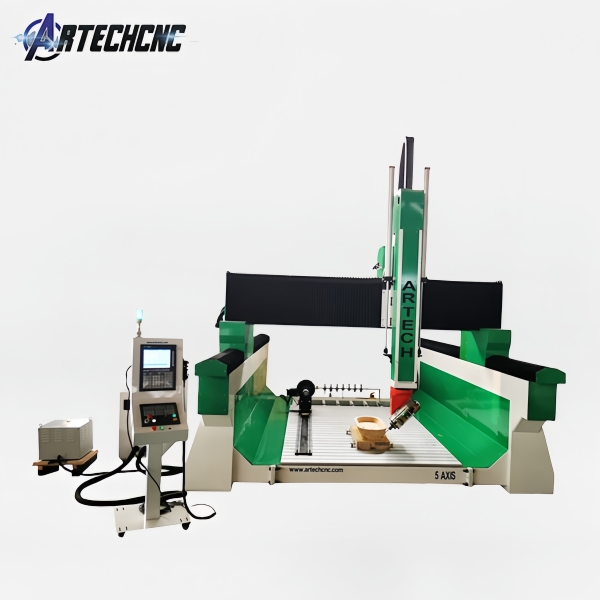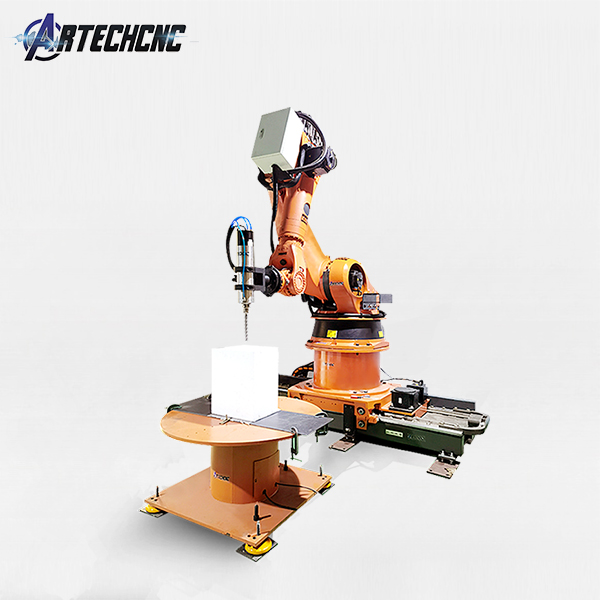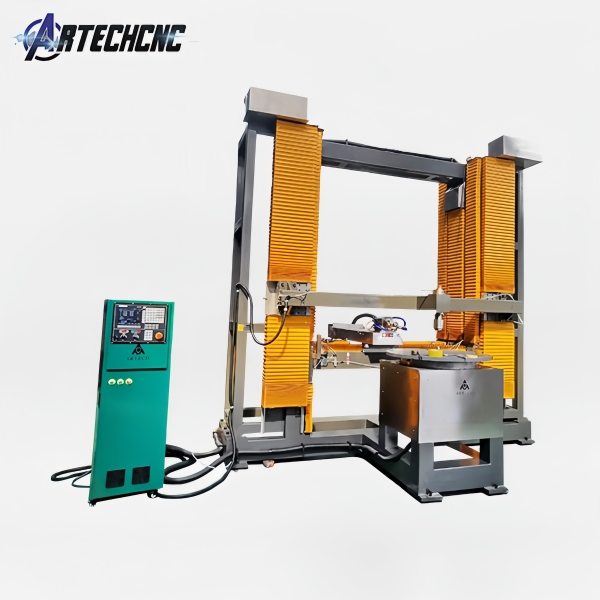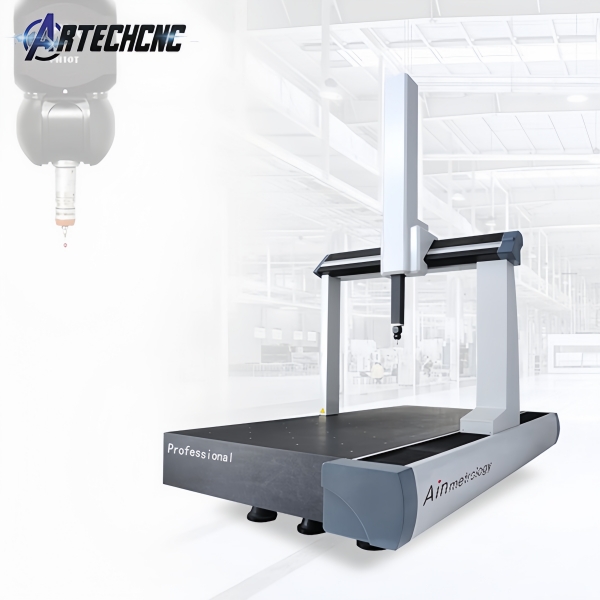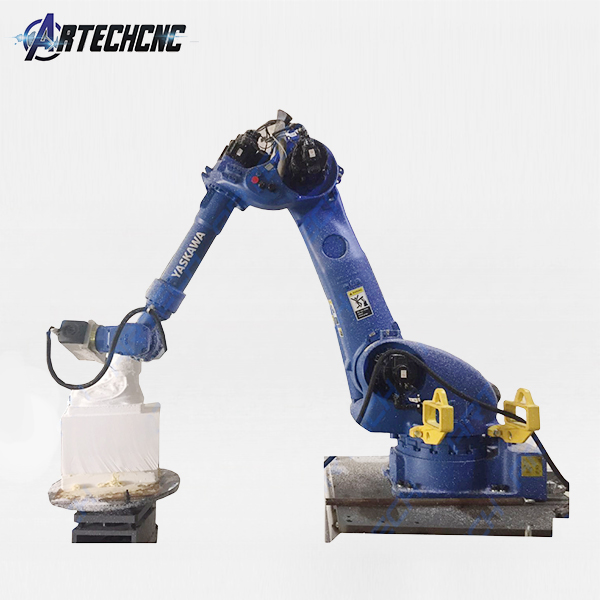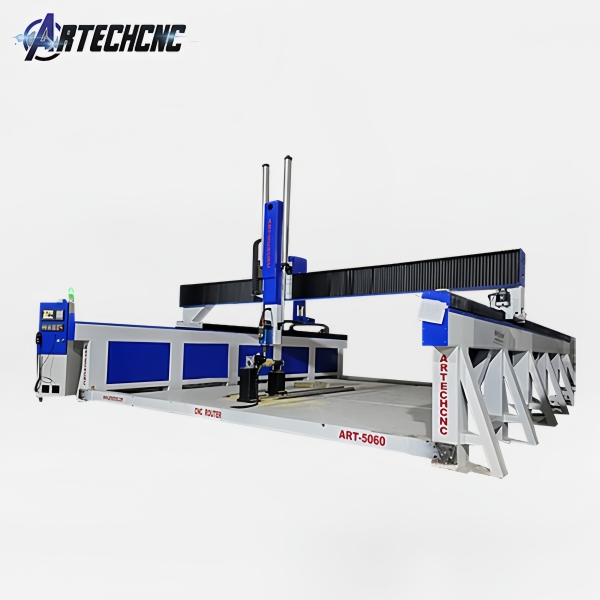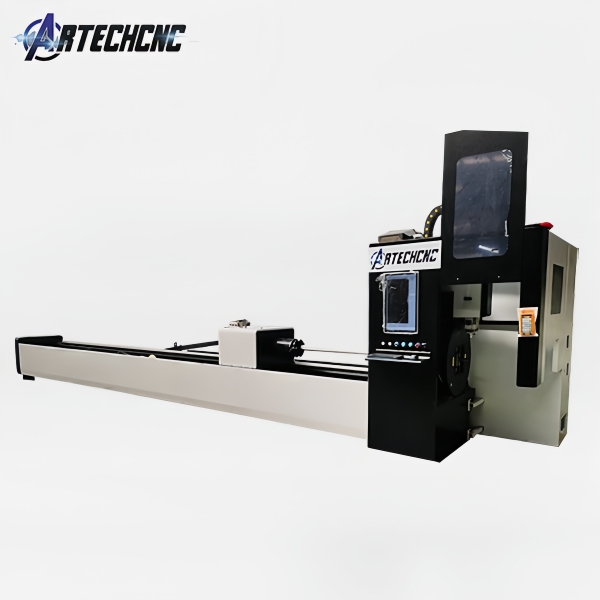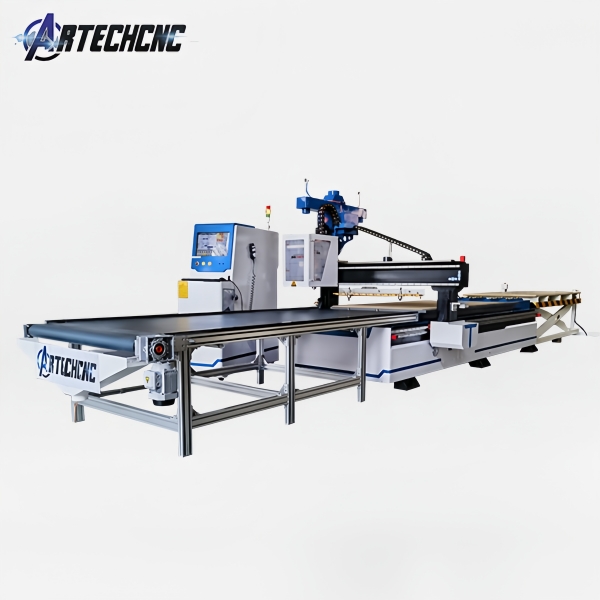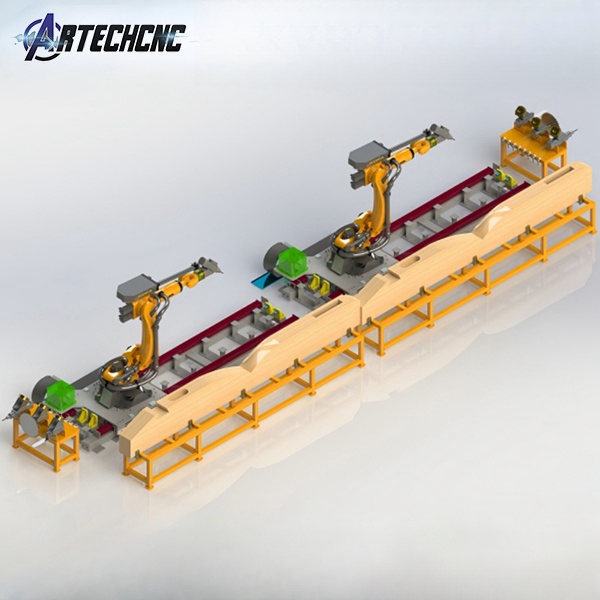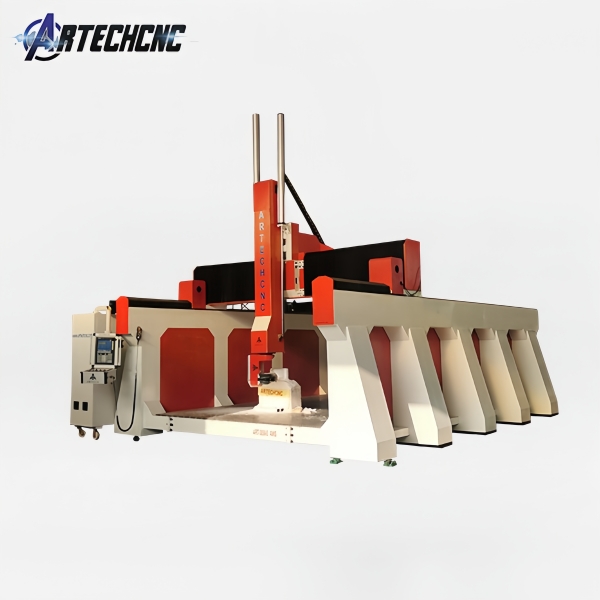Comprehensive Guide to Milling Robot Solutions: Manufacturer vs. System Integrator Selection Framework
Section 1: Milling Robot Technology Landscape
The global milling robot market (valued at $1.2B in 2023) exhibits three dominant configurations:
Articulated-Arm Milling Robots (72% market share)
Gantry-Style Milling Robots (18%)
Collaborative Milling Robots (10%)
Milling robot adoption drivers include:
45% reduction in complex machining cycle times
60% lower tooling costs versus 5-axis CNC
0.02mm repeatability in aerospace applications
Section 2: Manufacturer vs. Integrator Capability Matrix
2.1 Milling Robot Manufacturers (OEM Advantages)
Core Competencies:
Milling-Specific Kinematics: Proprietary algorithms for chatter suppression in milling robot operations
Certified Accuracy: ISO 9283-compliant ±0.015mm positioning (Fanuc M-2000iA/5M case study)
Process Libraries: 150+ pre-optimized milling parameter sets for metals/composites
Implementation Case:
Boeing's 787 wing rib milling robot cells achieved:
✓ 37% faster metal removal rates
✓ 92% first-pass yield on titanium components
2.2 System Integrator Value Propositions
Differentiated Solutions:
Hybrid Milling Workcells: Combining milling robots with:
Laser trackers (0.01mm real-time compensation)
Autonomous tool changers (120+ tool capacity)
Legacy Machine Integration: Retrofit solutions for Brownfield facilities
Cost-Benefit Analysis:
| Factor | OEM Direct | Integrator Solution |
|---|---|---|
| Upfront Cost | $450K | $290K |
| Deployment Time | 14 weeks | 8 weeks |
| Customization | Limited | Full |
Section 3: Technical Decision Framework
3.1 Milling Application Taxonomy
We evaluate milling robot suitability across:
Material Categories:
High-Temp Alloys (Inconel, Titanium)
OEM Advantage: Thermal compensation systems
Composites (CFRP, GFRP)
Integrator Edge: Custom dust extraction solutions
Geometric Complexity:
2.5D Features: OEM-standard solutions sufficient
5-Axis Contouring: Requires integrator-level programming
3.2 Total Cost of Ownership Model
Milling robot TCO components:
Capital Expenditure
Robots: 55%
Tooling: 20%
Integration: 25%
Operational Savings
24/7 lights-out milling capability
68% reduced scrap versus manual milling
Section 4: Implementation Roadmaps
4.1 OEM Procurement Pathway
Phase 1: Milling process audit (2-3 weeks)
Phase 2: Robot cell simulation (1 week)
Phase 3: Factory acceptance testing (4 weeks)
4.2 Integrator Engagement Model
Agile Implementation:
Week 1-2: Current state value stream mapping
Week 3-6: Prototype milling cell development
Week 7-8: Production validation
Section 5: Emerging Technologies
Next-generation milling robot innovations:
AI-Powered Adaptive Milling
Real-time cutting parameter optimization
Blockchain Tool Management
Secure tracking of tool wear data
Conclusion
For milling robot implementations:
Choose OEMs when:
✓ Maximum precision is critical (aerospace)
✓ Using standard materials (aluminum alloys)Select Integrators when:
✓ Hybrid material milling required
✓ Brownfield integration necessary

